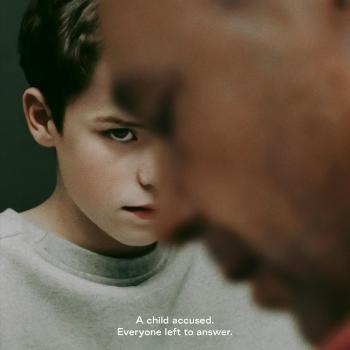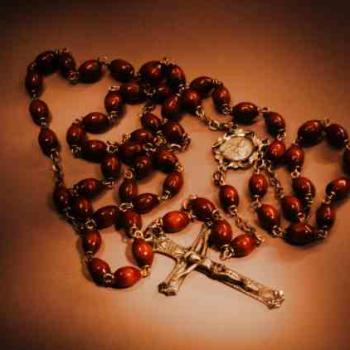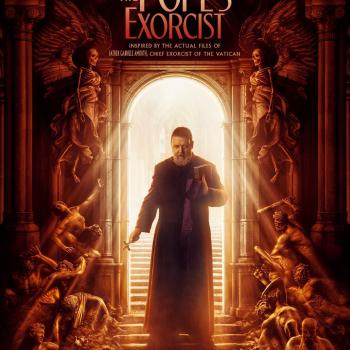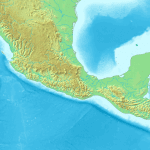In an early episode of the popular teen musical show “Glee” (November 26, 2009), Puck tries to find out who the father of Quinn’s baby is. Quinn is known to have been a virgin, and when she refuses to say, Puck yells out, “Well, call the Vatican! We’ve got ourselves another immaculate conception!” Though at least one of the creators of “Glee” is Catholic, it seems they, like so many Catholics, are confused about what the real meaning of the Church’s teaching about the Immaculate Conception means: that Mary’s parents (traditionally known as Saints Joachim and Anne) conceived Mary without original sin. Therefore, the “Immaculate Conception” does not refer to the belief that Jesus was miraculously, divinely conceived without his mother, Mary, having “known” man (as Puck thinks). Instead, the Immaculate Conception is Mary, she who was free from original sin from the moment of her conception to be the worthy vessel to bear God’s Son, Jesus.
In “I am the Immaculate Conception,” a new docu-drama by Kondrat Media and directed by Michal Kondrat (“Love and Mercy: Faustina, Purgatory and Prophet”), in association with the Marian Fathers who provide a robust theological, catechetical and pastoral commentary on the Marian history and meaning of the dogma of the Immaculate Conception, audiences are invited to experience Mary’s story from the beginning through the death and resurrection of her Son, Jesus and her apparitions supporting this doctrine in the last 200 years.
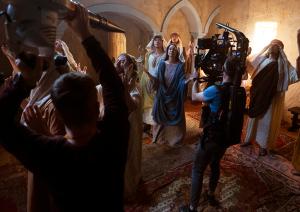
Through beautifully crafted dramatic portrayals from the Bible to the apparitions of Mary Immaculate to St. Catherine Laboure’, a Daughter of Charity to whom the Blessed Virgin Mary appeared in 1830 and asked that the Miraculous Medal be made, to the proclamation of the dogma of the Immaculate Conception by Pope Pius IX in 1854 and finally to St. Bernadette Soubirous, to who Mary appeared numerous times in 1858 in Lourdes, France. When Bernadette asked the Lady her name, she said, “I am the Immaculate Conception.”
After the teaching on the Holy Trinity, I think the Immaculate Conception doctrine is the most challenging to teach and understand, never mind via a documentary film. I wish the film had begun with the stories of Catherine Laboure and Bernadette to engage our attention rather than save them for the end. Instead, the filmmakers chose a linear approach over two hours, which may challenge some viewers. Bring your thinking caps as well as your hearts.
However, for the mature, intentional filmgoer seeking to deepen their faith rather than be entertained during Advent, “I Am the Immaculate Conception” will surely inspire. (If I were a high school theology teacher or involved in adult catechesis, I would use this film willingly.)





